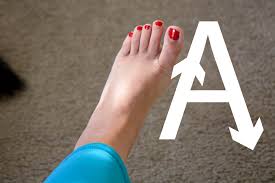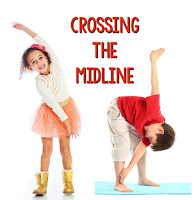::::::::::::::::*************
Promotional Blog*****************:::::::::::::::::::::::::
Play time is an important part of growing kids's daily routine. It is not just an activity burst but more. Play time is the time for exploration and physical mobility. Exploration of environment and learning to manipulate and navigate in and around the surrounding in which child grows is an essential part of growth and development of child. Therefore, we here at HEALTHY MOM try to integrate play time with our treatment strategies. We utilize interesting games and play based exercises to attain our treatment goals. Play based therapy not only servers our clinical purpose working to improve child's motor development but also integrates environmental explorations and holds child's attention. We make special efforts to balance the play and therapy aspects of this program. This procedure improves learning and prepares the child for educational activities.
Some games and play based therapy that we use at our HEALTHY MOM centers
Beads manipulation:
Therapy:different sized, shaped and colored beads for fine grip and prehension training.
Play: beads are attractive and intersting
Learning: colours, shapes, numbers
Functional play:
Therapy: sensory training, fine movements training, functional task training
Play: imitating adult activities, pin point activity
Learning: fruits, colors, numbers
Building blocks:
Therapy: eye hand coordination, sensory training,
Play: connecting and stacking objects is a fun game and canalso be used as a story telling tool
Learning: identifying colors, animals, shapes, textures, enhance architectural skills
Magnetic numbers:
Therapy: reaching training, pick and place coordination training
Play: magnets are fun for kids
Learning: colors, numbers
Balls:
Therapy: pick and place, forearm and wrist training
Play: balls are the most attractive toys
Learning: texture, colors, shape, opening and closing
Clay:
Therapy: grip and prehension training, fine motor training, hand strengthening, writing improvement training, tripod grip training
Play: interesting and fun game with molding
Learning: texture, color, molding, shapes
Peg boards:
Therapy: in hand coordination, tripod grip reinforcement
Play: interesting fitting games
Learning: shapes, vegetables, colors
Stacker:
Therapy: eye hand coordination, learning balance concepts
Play: interesting and attention holding
Learning: shape, fixing, balancing, organizing, texture
Starlink:
Therapy: in hand coordination, movement planning and integration
Play: connecting toys are fun and easy to play with
Learning: brain exerciser, innovative building, colors, shapes, linking skills
Coordination mat:
Therapy: coordination and balance training, gait training, sensory training
Play: directional and attractive
Learning: stepping, balance, reach
Hoopla Rings:
Therapy: coordination and balance training, gait and jumping training, proprioception training
Play: fun and physically challenging
Learning: stepping, balance, jumping, analyzing distance, depth and orientation

Nuts and bolts:
Therapy: in hand coordination,
Play: fun twisting game
Learning: assemble, open close, colors, fine manipulation, enhance architectural skills

Shapes:
Therapy: in hand coordination, upper limb and hand training
Play: fun matching and placing game
Learning: shapes, fitting skills, colors, texture

Alpha-neumerical peices:
Therapy: school based educational training
Play: cute little alphabets give living alphabets feel
Learning: educational enhancement,
Recognition, memory
 Animal alphabets puzzle :
Therapy: eye habd coordination, school based educational training
Play: fun puzzle solving activity
Learning : puzzle fitting and solving, educational enhancement, memory, recognition
Animal alphabets puzzle :
Therapy: eye habd coordination, school based educational training
Play: fun puzzle solving activity
Learning : puzzle fitting and solving, educational enhancement, memory, recognition
P. S. : play based therapy for kids is available at all outlets and portals of Healthy Mom
Contact details:whatsapp number: 9755700579,9453443603(no calls accepted, only whatsapp messaging )
Email: nootan.nayana724@gmail.com
geet.tyagi7@gmail.com
Website: www.healthymomshome.com


















































